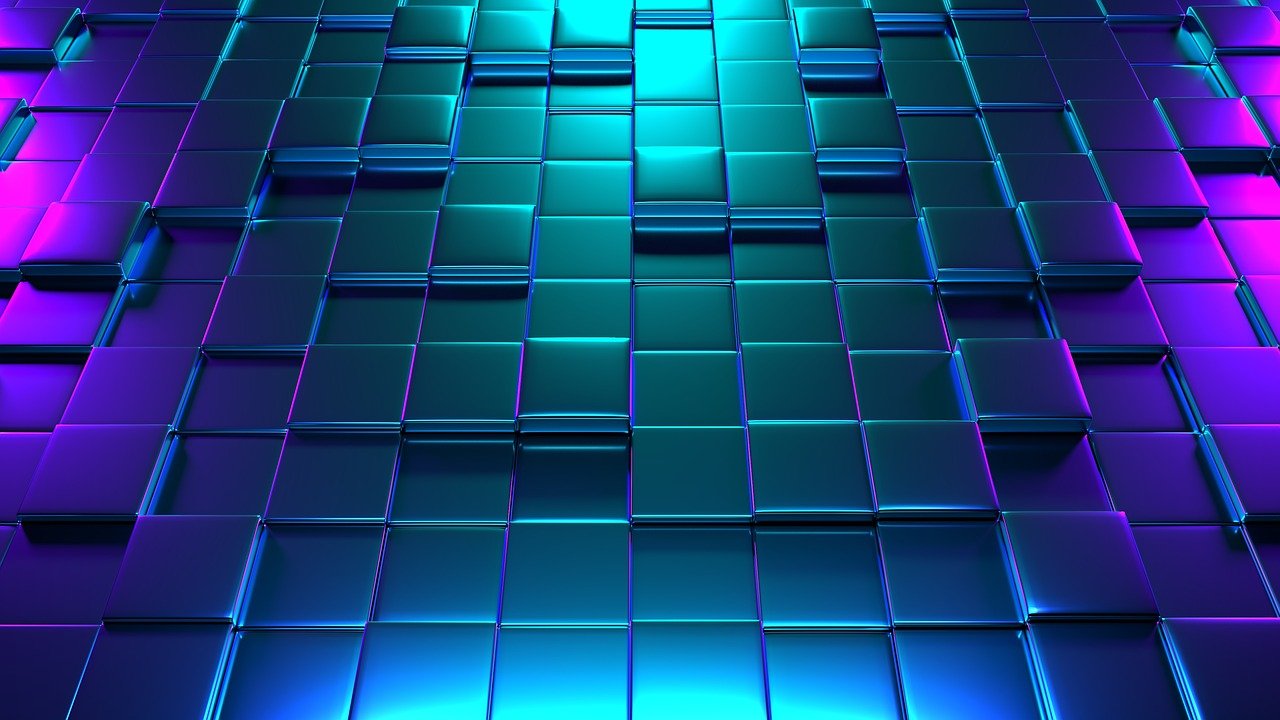LiDAR, or Light Detection and Ranging, is a technology that makes use of lasers to measure distances. The process involves the releasing of laser pulses, which bounce off of surfaces before returning to the LiDAR sensor. The distance is then calculated by the time it takes for the laser pulses to travel to and fro.
Moreover, 3D visualizations can be processed using the calculated distances of where the lasers were directed to. This allows the precise and flexible mapping of both natural and artificial environments.
Applications of LiDAR in Business
Information about LiDAR may be new to some, but this technology has actually been around for a while. Furthermore, the versatility of this innovation has made it effective in increasing efficiency, which is why many industries have integrated LiDAR into their operations. Below are examples of its business applications:
Automotive
The demand for autonomous vehicles or self-driving cars continues to increase due to the promising features they provide. Among the technologies used to make these models successful is LidAR, which helps in navigation, obstacle detection, collision avoidance, and autonomous cruise control.
Car accidents are mostly caused by human behavior and error. However, with the use of essential systems and technologies like LiDAR, autonomous vehicles can move more uniformly and consistently in contrast to human-driven ones. Through these properties, self-driving cars warrant riders not only convenience but also safety.
Mining
LiDAR technology can be used to detect gases, map accurate 3D models of terrains, calculate ore volumes, and identify the minerals present on site. These are useful for quarries, gas and oil exploration, and ore and mineral mining.
Unquestionably, mining becomes safer and eco-friendly with LiDar. These are due to 3D representations providing the necessary blueprints to keep mining structures safe from possible collapse, as well as the technology keeping track of terrain and air pollutants to minimize environmental impacts.
Green Energy
Because LiDAR technologies can map landscapes, they are perfect for accomplishing methodical placements of the panels. This ensures that the basic requirements for installation are met to improve efficiency in electrical energy conversion.
Besides that, LiDAR can also scan wind to determine its speed and direction, which is useful for wind energy facilities to maximize efficiency in producing electrical power. The technology is incorporated by attaching scanners on the wind turbines themselves, so the blades can change direction based on the calculations of LiDAR.
Agriculture
Using LiDAR, predictions of soil properties and analysis of topographies can be performed to keep track of the condition of the crops at every growth stage. This allows farmers to know the general state of the fields to have an accurate estimate of crop yields.
Moreover, crop categorization, finding the best planting sites, and improving irrigation are easier with LiDAR. This is important in ensuring that a crop thrives wherever it is planted and for the produce to be of good quality even without excessive fertilizing.
Architecture and Engineering
LiDAR can model terrains, buildings, interiors, and perform various surveys with precision at high speeds. This is useful in architecture and engineering, where accuracy and efficiency are needed to construct buildings and other structures with little to no errors.
In this context, LiDAR can be used to obtain the necessary data for landscaping, urban planning, structural design, structural construction, structural maintenance, structural restoration, and the like to speed up the general processes involved.
Tourism
To ensure that tourist spots are safe and maximized at the same time, LiDAR can be used to obtain the necessary data to design the location. Data analysis will help in the strategic positioning and management of theme park rides, attractions, playgrounds, and pathways.
Alternatively, LiDAR can also be used in virtual tourism, which has become popular as of late. In virtual tours, existing locations around the world are emulated for people to enjoy virtually. LiDAR is exceptionally accurate, making it perfect for this venture.
Gaming
Over the years, games have evolved to become realistic, from game characters, items, to even the in-game surroundings. This has made gaming more immersive, resulting in over 2.8 billion video gamers in the recent year.
With LiDAR, gaming can become even more immersive by using data from physical objects and modelling them virtually for more realistic in-game designs. What’s more, even surroundings can be virtually recreated from the physical world.
Telecommunications
LiDAR can be used in mobile network planning to calculate the line of sight (LoS) and viewshed of antennas. It is an ideal technology not only due to the technology’s ability to rapidly acquire large amounts of data in high resolutions but also because it reduces costs.
It can also be used in the planning of wireless transmitters so that they can be positioned where they provide the strongest signals at the farthest distances. LiDAR is an alternative to digital orthophotography; however, LiDAR is more accurate as it provides direct and physical measurements, in contrast to orthophotography that uses satellite images.
Takeaway
LiDAR, or Light Detection and Ranging, is an exceptional innovation providing promising features that cater to various demands. As consistently mentioned, its flexibility, accuracy, and speed allow it to be used in many ways to benefit numerous industries.
